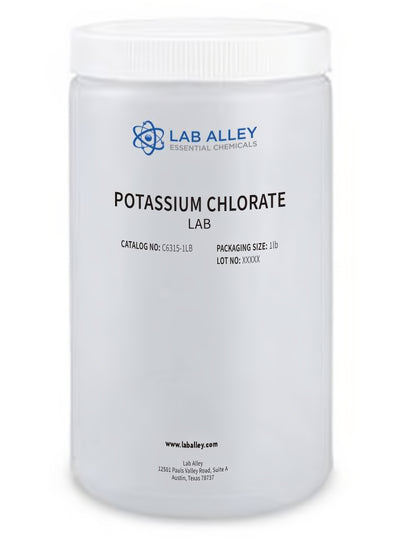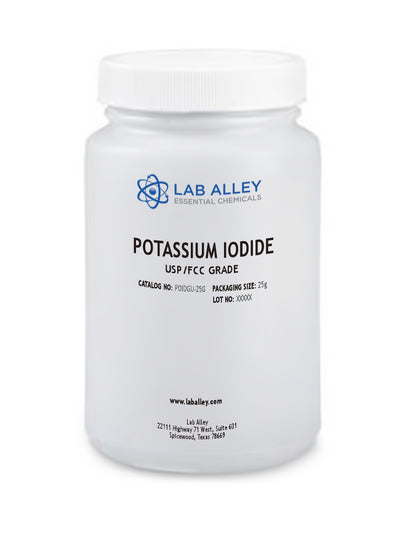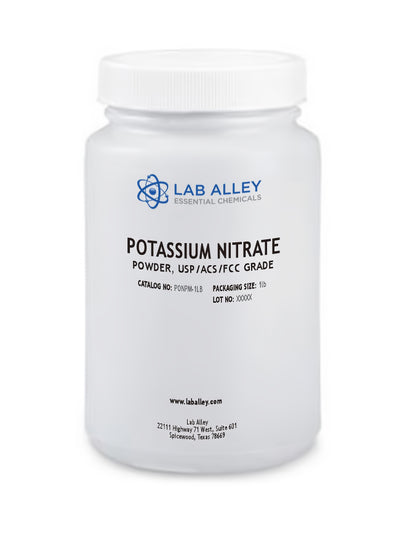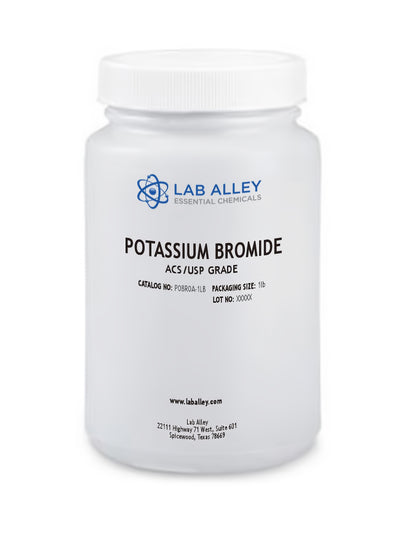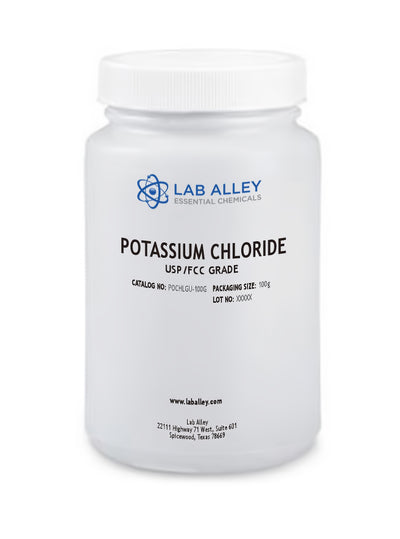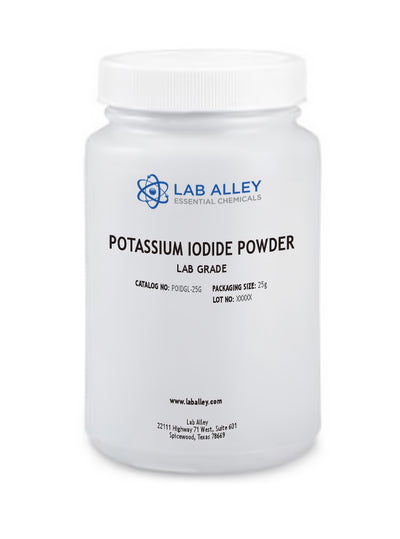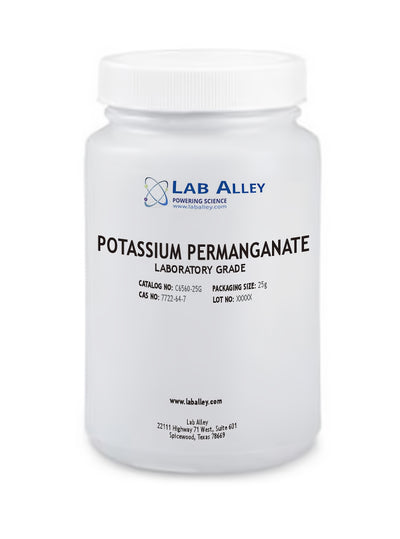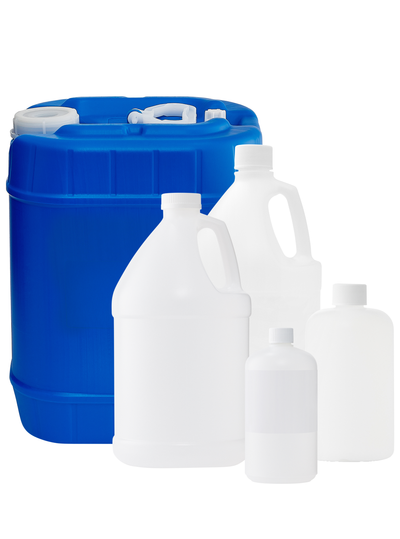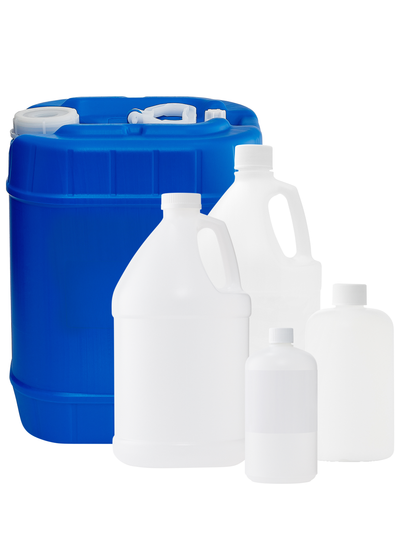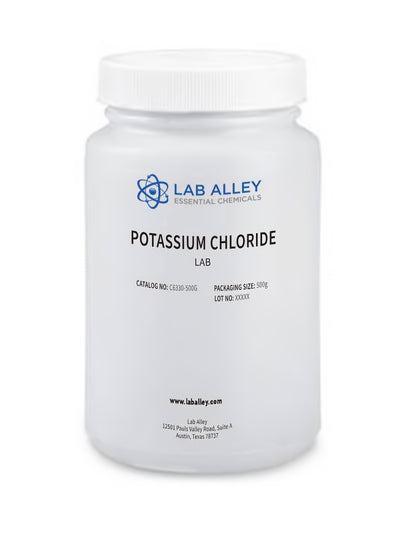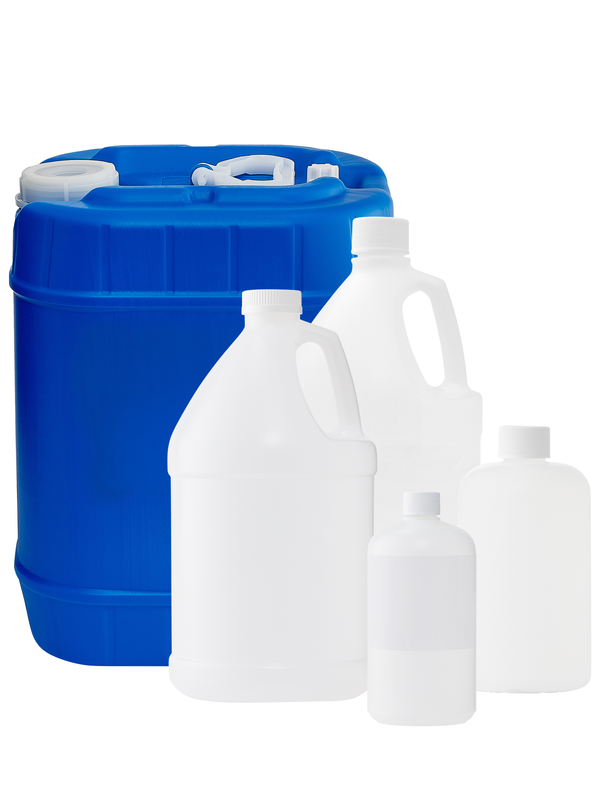
Business Support
Potassium Metabisulfite Powder Lab Grade
For questions regarding lead time, please contact a member of our Customer Care Team at customercare@laballey.com
Business Support
Description
About Potassium Metabisulfite Powder Lab Grade
Potassium Metabisulfite, also known as Pyrosulfurous Acid, Dipotassium Salt, Dipotassium Disulfate, and Potassium Pyrosulfate, has the chemical formula K2S2O5 or K2O5S2. It appears as a white granular or powdery solid with a sharp rotten-egg-like (Sulfur Dioxide) odor. It is soluble in Water and insoluble in Ethanol at ambient conditions.
Chemically pure or Laboratory reagents are the two terms often used to describe Lab Grade chemicals. Lab Grade chemicals do not meet any accepted quality or purity requirements such as the ACS Grade, the USP Grade, and the FCC Grade, despite their acceptable purity. Due to its high purity, Potassium Metabisulfite, Lab Grade is highly recommended for labs and commercial applications.
COMMON USES AND APPLICATIONS
- Reagent
- Sanitizing agent
- Disinfecting agent
INDUSTRIES
- Textile industry
- Cotton printing
- Purification of gold
- Photography
PRODUCT INFORMATION
Customer Reviews and Q&A
Safety and Shipping
Please contact us to request a Safety Data Sheet (SDS) and Certificate of Analysis (COA) for Potassium Metabisulfite Lab.
Potassium metabisulfite can irritate skin, eyes, and respiratory tract.
Business Support
Built for Business.
At Lab Alley, we simplify procurement with custom quotes, credit applications, tax exemptions, and fulfillment support, ensuring on-budget, on-time delivery - your success is our priority.
Apply for Credit
A Lab Alley credit account streamlines purchasing for your business. Our Customer Success Team is available to help you through every step of the process.
Request a Custom Quote
Get a fast, customized quote tailored to your specific needs. Our team ensures accurate pricing and availability to help streamline your purchasing process.

Additional Business Resources
Lab Alley provides access to essential certifications, documents, and other resources to support your business.

Create a Lab Alley Account

RECEIVE exclusive offers, promotions, and discounts on chemicals.

Always have the product you need, when you need it with our AUTOSHIP program.


